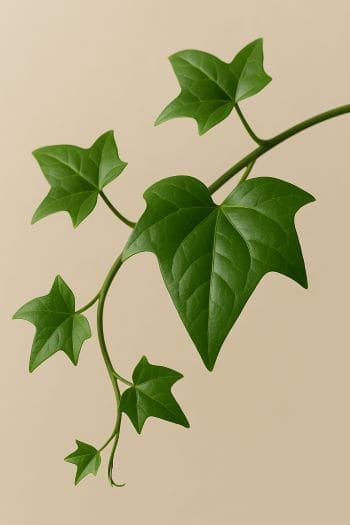Senecio tamoides (Golden Shower Vine) Care & Growing Guide
Overview
Senecio tamoides, commonly known as the Golden Shower Vine
In its native habitat, Senecio tamoides thrives in warm, sunny conditions and can scramble over shrubs or trellises, making it a versatile choice for vertical gardening. When grown indoors, it adapts well to bright, indirect light and moderate care routines. Senecio tamoides is a fast-growing climber or trailer with succulent-like stems and fleshy, lobed leaves. The foliage is typically a rich green, providing a lush backdrop for its showy blooms. The plant can grow several meters in length outdoors, but in containers, its growth can be managed through pruning and training. Its growth habit makes it suitable for: Place Senecio tamoides in bright, indirect light to promote healthy foliage and abundant flowering. It can tolerate some direct morning or late afternoon sun, but avoid prolonged exposure to harsh midday rays, which may scorch leaves. Outdoors, choose a location with partial sun to light shade. Indoors, a south- or east-facing window filtered by sheer curtains works well. Water moderately, allowing the top 1–2 inches (2.5–5 cm) of soil to dry between waterings. Overwatering is a common cause of root rot, so ensure the container has drainage holes. Use a well-draining potting mix, such as standard potting soil amended with perlite or coarse sand. This prevents waterlogging and supports healthy root development. Repot every 2–3 years or when the plant outgrows its container. Choose a pot only slightly larger than the current one to avoid excess moisture retention. Feed with a balanced, water-soluble fertilizer every 4–6 weeks during the active growing season (spring and summer). Dilute according to package instructions. Reduce or stop feeding in autumn and winter when growth slows. Prune regularly to control size, encourage bushier growth, and remove dead or damaged stems. Senecio tamoides responds well to trimming. Senecio tamoides is easily propagated from stem cuttings. Follow these steps: Senecio tamoides is considered toxic if ingested by humans or animals. Keep it out of reach of pets and children, and handle with care when pruning. Senecio tamoides is the primary cultivated form. While there are many Senecio species, this one is distinct for its large, bright yellow flower clusters and vigorous climbing habit. When purchasing, look for plants with healthy, unblemished foliage and no signs of pests. Flowering specimens will display their golden blooms, but non-flowering plants can still be healthy and establish quickly. Mature plants can reach several meters in length outdoors; indoors, size is easily managed with pruning. Source: Wikipedia For a fuller, more controlled display, pinch back new shoots in early spring to promote branching. Espalier training against a wall or fence can create a living tapestry of foliage and flowers. For hanging baskets, selectively trim outer stems to encourage inner shoots and maintain balanced coverage.Identification & Growth Habit
Light & Placement
Watering & Humidity
Soil & Repotting
Fertilizing
Pruning & Training
Training for Climbing
Propagation
Common Problems
Pests
Diseases
Toxicity & Pet Safety
Styling & Decor Tips
Varieties & Cultivars
Buying Tips & Maturity
Seasonal Care
FAQ
Troubleshooting Scenarios
Advanced Pruning & Training Techniques
Pest & Disease Quick-Reference
Companion Plant Suggestions
Do & Don't List






